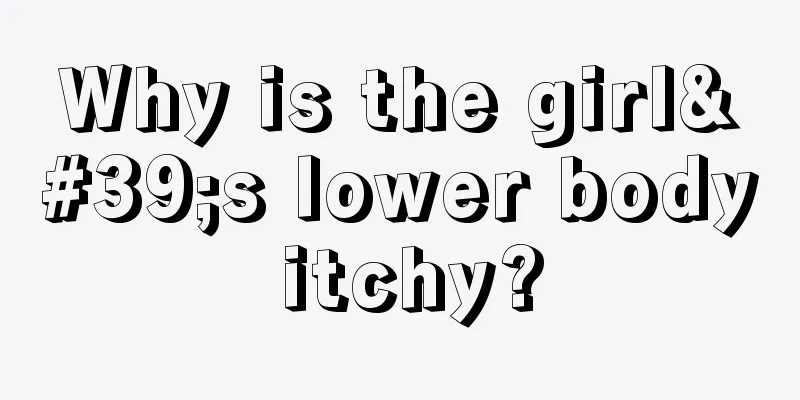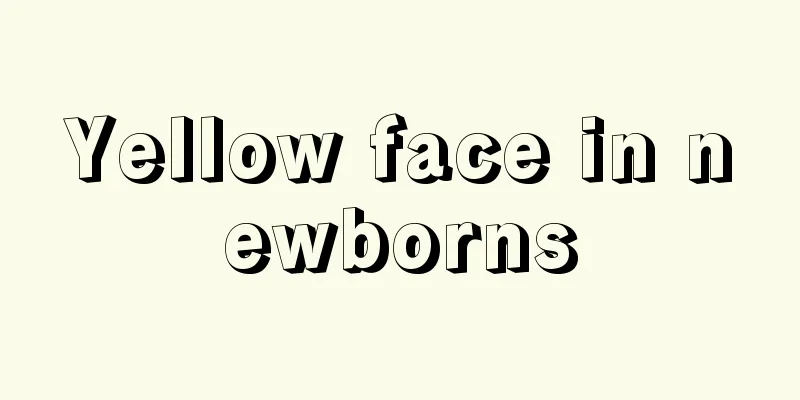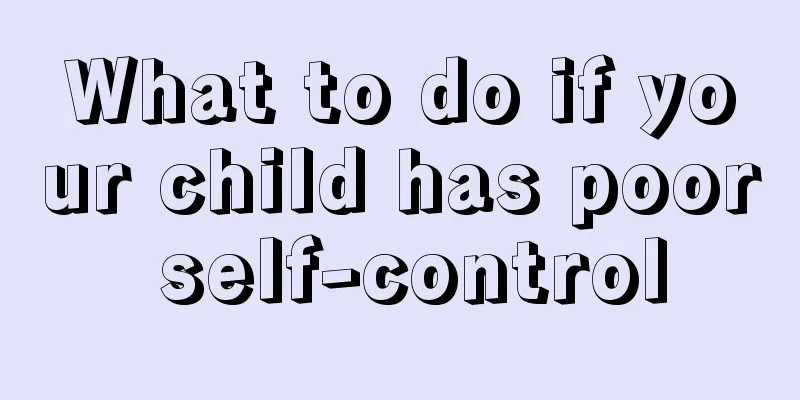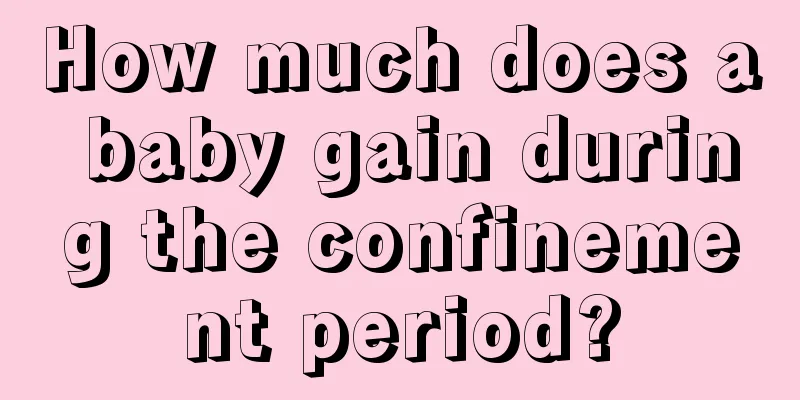How to deal with children's tinea pedis
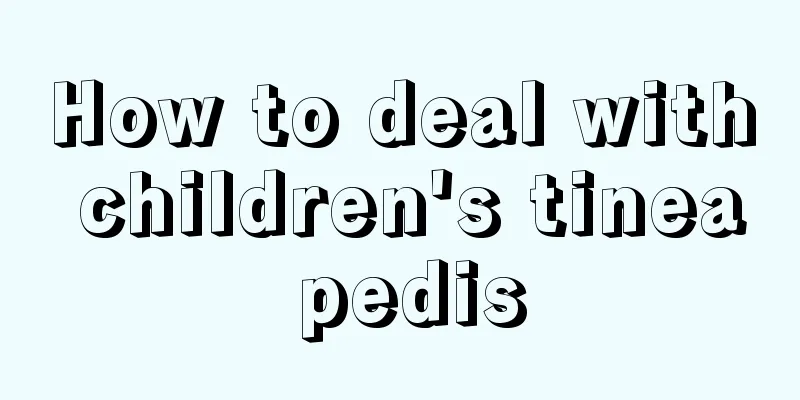
|
Children are active and like to play with their friends. If this continues, they will sweat profusely, especially on their backs and feet. Athlete's foot may even occur on the feet, especially in boys. If you don't pay attention to this situation, athlete's foot will persist and turn into tinea pedis. So, what should we do if children have athlete's foot? The answer to this question is in the following section, please go and find out! (1) For patients with dyshidrotic eczema or mild maceration and erosion with a small amount of secretion, soak or wet compress with 1:6000 or 1:4000 potassium permanganate solution or 3% lead acetate solution every morning and evening for 20 to 30 minutes each time (blisters can be punctured under sterile treatment), and wipe dry with a sterile cloth after soaking. Then choose the following agents for external application, such as benzoic acid/salicylic acid/iodine/potassium iodide/menthol (compound benzoic acid tincture), Castellan ointment, 5% ichthyol, 3% salicylic acid, 10% sulfur mud, or commercially available medicines, such as 2% clotrimazole cream, terbinafine cream, and bifonazole cream (choose any one), and use highly irritating agents with caution. (2) For erosive types with more exudate, the above-mentioned potassium permanganate solution or Daribo solution for soaking or wet compress can be used. For those with secondary bacterial infection, 0.1% ethacridine (Livanol) can be added as appropriate. After the exudation stops and the erosion surface is alleviated, the above-mentioned sweat blister mud paste, half-dose of Wyeth tincture or commercially available antifungal cream can be used. (3) The interdigital type can be treated in the same way as the dyshidrotic eczema type. (4) For the scaly and keratotic type, the disease course is long and treatment requires patience. Start with tinctures with strong antifungal and exfoliating effects (need stronger penetration), such as compound kelp bark tincture or full dose of benzoic acid/salicylic acid/iodine/potassium iodide/menthol (compound benzoic acid tincture). You can also soak your feet in 10% to 30% acetic acid for 20 to 30 minutes each time. After the hyperkeratosis is significantly reduced, switch to a relatively weaker ointment, such as half a dose of compound benzoic acid ointment or 10% to 20% urea ointment, to consolidate the therapeutic effect and restore normal skin barrier function. What should we do if children have athlete's foot? I believe you already know enough about this issue. Among the four major plans we have made for you, you can make treatment plans based on the condition of your child's athlete's foot. It is recommended to buy better breathable shoes for your child. This will also help children recover from tinea pedis. Don't worry that this problem won't be solved. Children should be encouraged to develop good living habits in daily life. |
<<: What are the symptoms of sinusitis in children?
>>: What to do if your child is allergic to alcohol
Recommend
Effects and uses of Pediatric Jingfeng Powder
Families with children are very familiar with the...
What to do if half of the baby tooth is broken
Broken deciduous teeth are a problem that many ch...
What should I apply to my baby's red neck?
Many babies have very fragile skin when they are ...
What should I do if I was not vaccinated with BCG at birth?
The Kajie vaccine is a very important vaccine, ma...
What causes dark circles under children's eyes?
For many adults, dark circles are very common and...
Can children take antiviral drugs in emergency room?
Infants and young children generally have low bod...
What to do if a five or six year old child has toothache
Children will cry when something goes wrong, when...
Rash after leprosy vaccine
In order to ensure the healthy growth of children...
How to deal with a child who has a chill in the middle of the night?
Children's physical resistance is very poor, ...
Why do children vomit in the middle of the night?
When children are growing, their body functions a...
How often do newborns poop?
Everyone hopes that their baby can grow up health...
What are the developmental standards for infants in three months?
The development standards of babies vary from per...
What are the signs that a four-month-old baby is smart?
It is not an easy thing for a woman to get pregna...
What to do if a three-month-old baby has diarrhea
We all know that babies have weak resistance, so ...
Child watching TV with squinting eyes
When many children watch TV, their eyes are alway...
